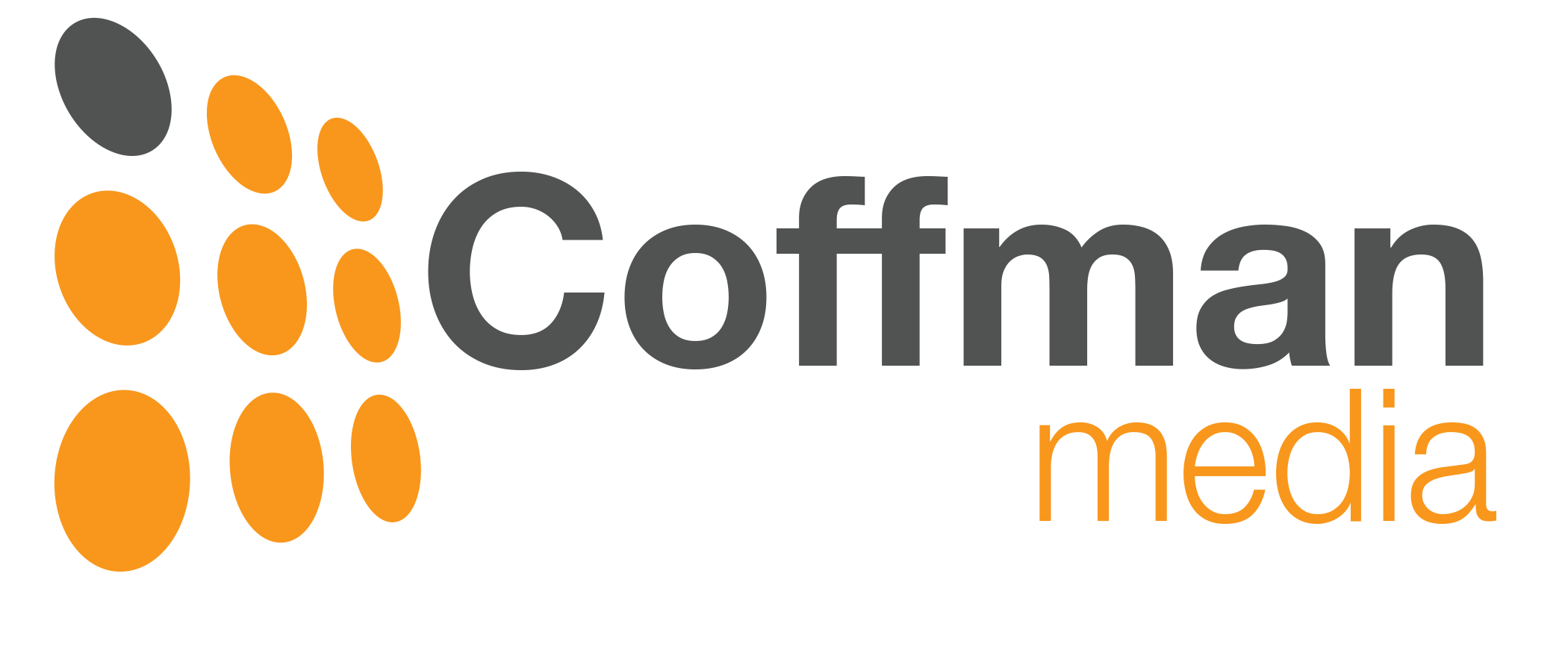
Duluth, GA 30097
United States
Barco
Model: ClickShare CX-50

Barco’s flagship laser cinema product line is designed to deliver unprecedented image quality and brightness over its very long lifetime, while its laser phosphor projectors feature very low operating cost and simplified operation. In addition, the new HDF-W30LP FLEX large venue projector achieves record brightness levels for a laser phosphor architecture. All benefit from Barco’s strategic commitment to provide laser light sources that dramatically reduce 'wall plug' power consumption.
The ‘new green number’ = lumens per watt
The ‘ figure of merit’ for a projector’s power efficiency is straightforward: lumens per watt (lm/W), what you ‘get’ divided by what you 'pay for'. But let’s make this metric totally clear so that different technologies, models, and brands can be rigorously compared.Why laser illumination is more efficient
In general, laser light sources are inherently more efficient than lamps for projection. This is because the usable output of any projector illumination source is constrained by the optical (étendue) limits and color space of the system. No matter how efficiently light is generated, any portion that cannot be fully coupled through the projector optics, or that exceeds the required gamut will be wasted.
The infographic below describes the power conversion losses from the wall-plug to the screen.
Power requirements and the cascade of electrical to optical conversion efficiencies and losses:
- Power supply losses
- Laser device Electrical to Optical (E to O) conversion losses
- Sub optimum laser luminous efficacy (lm/optical watt) at white balance
- Power required for cooling (air; fluid; chillers, pumps and fans)
- Power for electronics, infrastructure and control
- Optical losses through the system, such as absorption, scatter, diffraction, Fresnel ‘back reflection’ off of all optical surfaces
Power supplies that convert standard wall plug voltages to the required voltages for lamp or laser sources are never 100% efficient - Loss number 1.
Lasers output light with very high spatial brightness, that is, ‘ collimated’. These beams emanate from a very small ‘spot’ and diverge very little. This is one of the fundamental characteristic of lasers that makes them very well suited for high-brightness projectors. A lot of light can be coupled into and through a given projector and chip size. Using laser illumination can increase the transmission efficiency and maximum output of the system.
Monochromatic lasers
Unlike lamps, lasers are nearly monochromatic: they output a particular color. Supplying only the colors required for the desired color space eliminates wasted power. No UV, or IR or Yellow or Cyan light needs to be blocked and wasted. Only Red, Green and Blue (RGB) light is needed so only RGB light is supplied.Lasers operate at much lower temperatures than lamps, but they still need to be cooled and ideally, kept at an optimum temperature. Careful thermal management does maximize output, efficiency, lifetime and overall reliability, but it takes power to keep the laser engine, and in the case of super-bright projectors, the chips and optics cool.
So using laser devices that have high ‘E to O’ (electrical to optical) conversion efficiency provides a double benefit, first by maximizing the optical watts out for the electrical watts in, and second, by minimizing the cooling required by reducing the wasted heat.
Luminous efficacy
The most important laser-specific efficiency metric is called luminous efficacy, that is, the lumens per optical watt for a given wavelength. Theoretically, there is an optimum combination of RGB laser wavelengths for a given color space and white point that will maximize white-balanced lumens per combined RGB watt. However, factors such as device E to O conversion efficiency cost per optical watt, wavelength availability and 6 primary 3D combine to make wavelength selection an extremely complex optimization. The topic of primary selection vs. color space vs. wall plug efficiency will be treated in greater detail in future blog posts.Some green numbers from the real world
The table below illustrates the green number for three different laser (RGB) or laser phosphor (LP) illuminated projectors and their lamp-illuminated counterparts.
All of Barco’s laser-illuminated projector lines produce more lumens per watt than their lamp-based counterparts. For the same color space, laser phosphor is slightly more efficient than RGB. Laser phosphor for Rec. 709 is even higher due in part to a higher luminous efficacy of the primaries for this color space.



